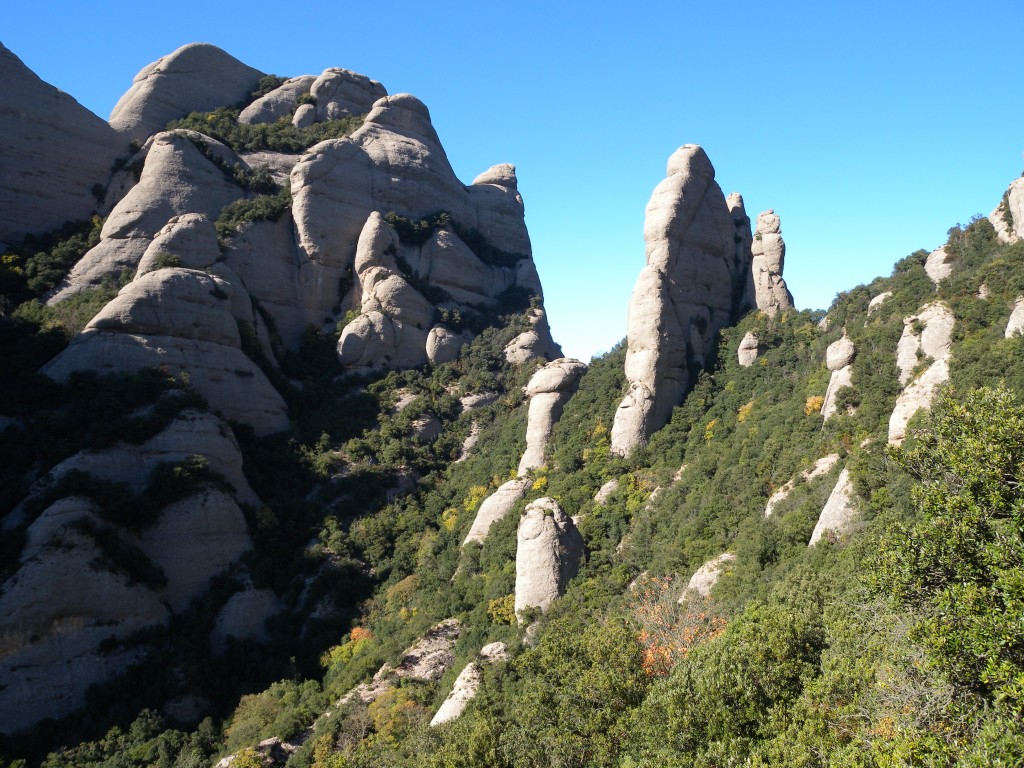
The functional traits of plants in regions of the world with a Mediterranean climate have been shaped to tolerate periods of water deficit. These species are adapted to summer droughts but may not be able to cope with future increases in drought intensity, duration, and/or frequency.
In a new study published in Plant Ecology & Diversity researchers review the mechanisms and traits of drought resistance and recovery of the holm oak (Quercus ilex), which they propose as a model species for Mediterranean-type ecosystems. The aim of the study was to understand the differences and links between the responses of Q. ilex to summer droughts, extreme droughts, and long-term drought experiments. A main goal was to provide an integral picture of drought responses across organizational and temporal scales for identifying the most relevant processes that are likely to contribute to determining the future of Mediterranean vegetation. Evidence from long-term drought experiments showed that acclimation processes from the molecular (e.g. epigenetic changes) to the ecosystem level (e.g. reductions in stand density) mitigate the effects of drought.
Changes in leaf morphology and hydraulics, leaf-to-shoot allometry, and root functioning are among the key mechanisms for overcoming increasing drought. The duration of drought determines its severity in terms of canopy loss and stem mortality. Although Q. ilex can vigorously resprout after such episodes, its resilience may be subsequently reduced. In the future, higher frequency of return of extreme droughts will challenge thus the capacity of these forests to recover. The insights provided by this review of the complex interplay of processes that determine the response of trees to droughts of different duration, intensity, and frequency will also help to understand the likely responses of other resprouting angiosperms in seasonally dry ecosystems that share similar functional traits with Q. ilex.
“The limits of plasticity in primary and secondary growth in relation to future drier and warmer conditions may be determinants for the persistence of some populations in their current structure and function”, said Dr. Adrià Barbeta from CSIC-CREAF.
“We recommend that future research should keep on addressing the combined effect of consecutive extreme droughts and drier average conditions on the structure and function of plant communities, but with a special emphasis on the resilience after crown damage and on the access to the vital long-lasting deep water pools”, said Prof. Josep Peñuelas from CSIC-CREAF.
Citation: Barbeta, A., Peñuelas, J. 2016. Sequence of plant responses to droughts of different timescales: lessons from holm oak (Quercus ilex) forests. Plant Ecology & Diversity, 9:4, 321-338, doi: 10.1080/17550874.2016.1212288
